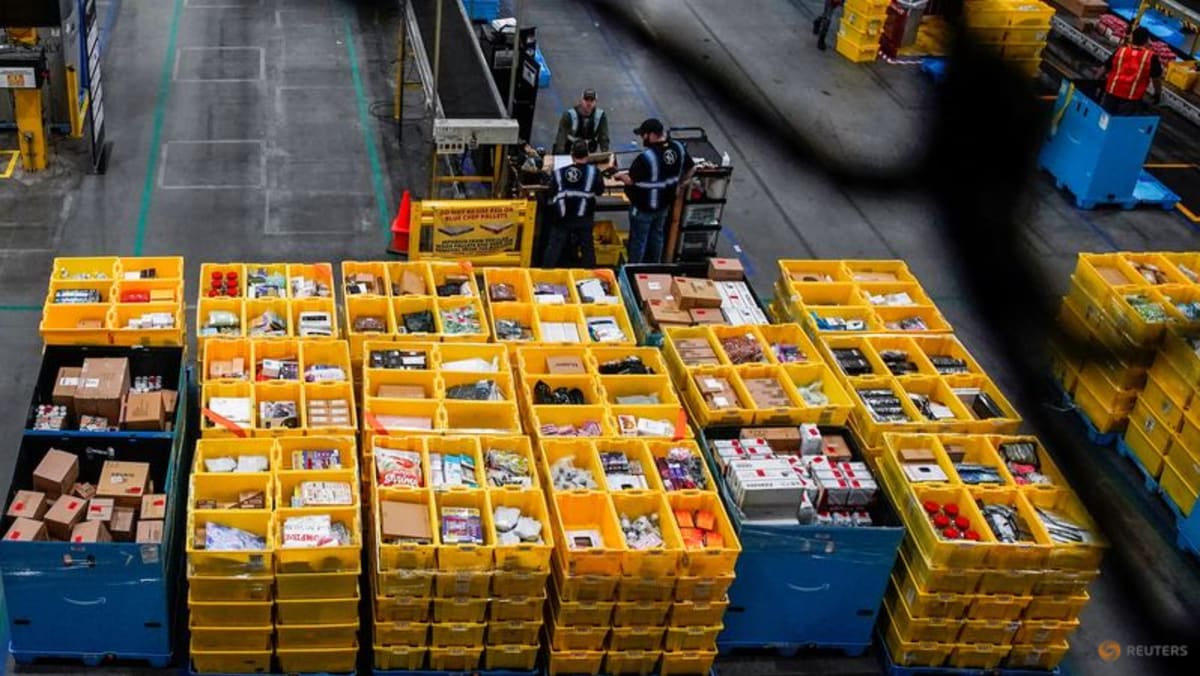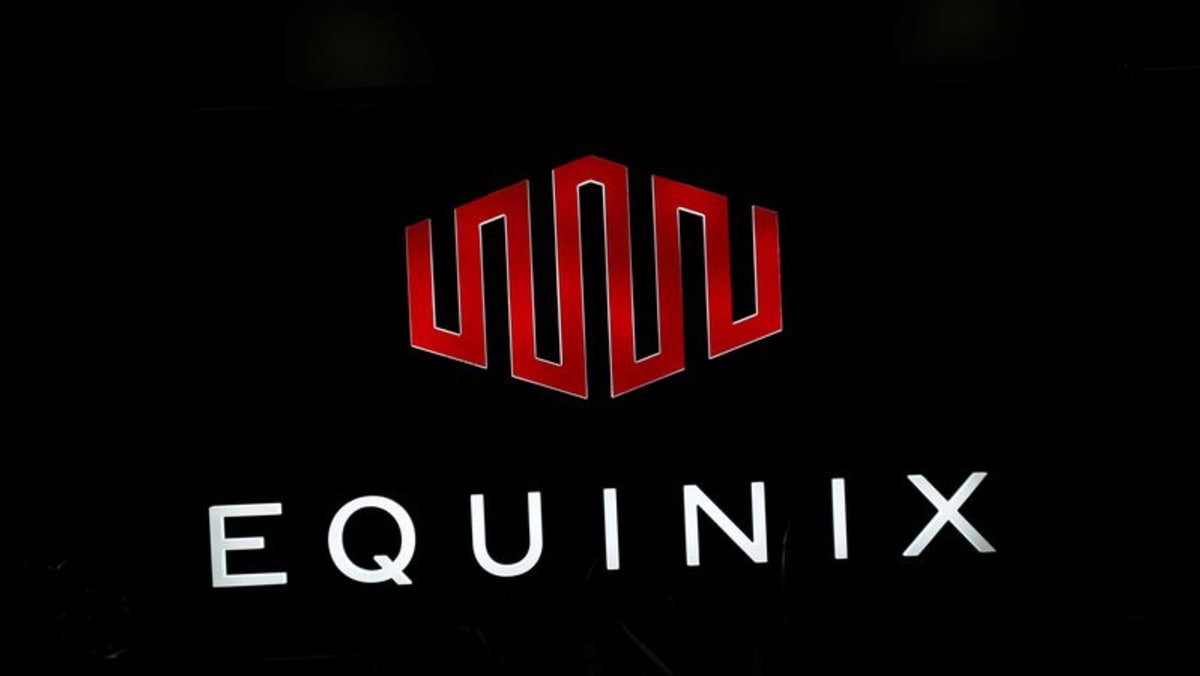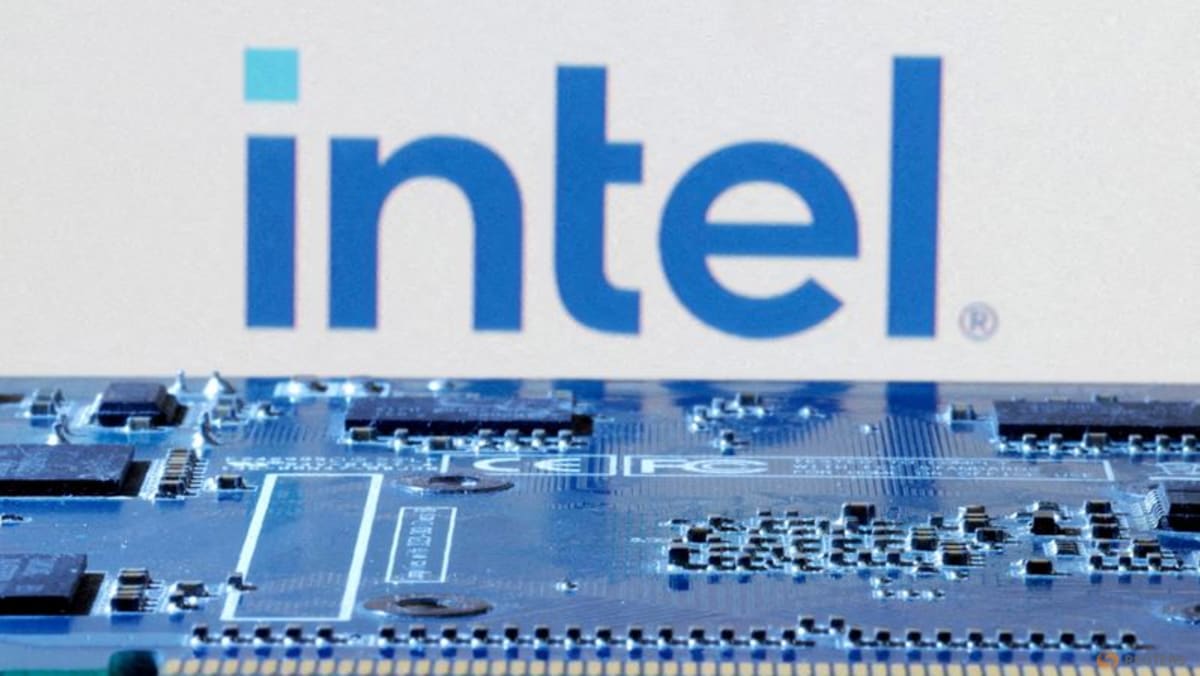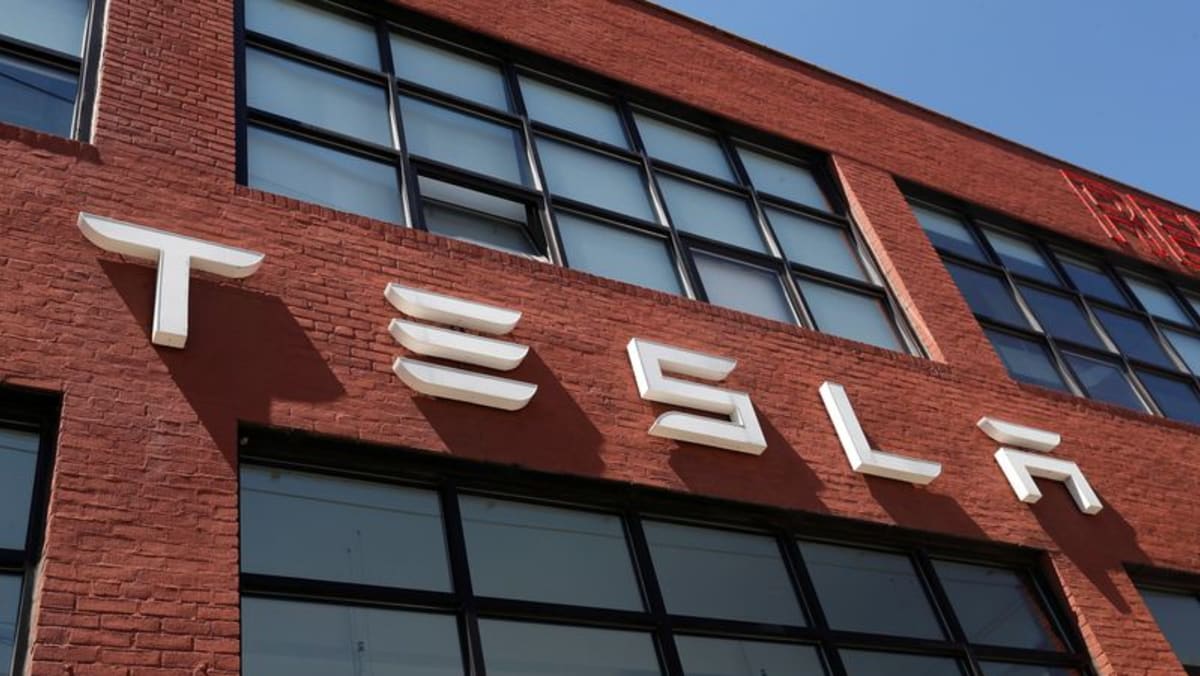WASHINGTON :Firefly Aerospace said the sixth mission of its Alpha rocket suffered a mishap in space after launching from California on Tuesday, putting a satellite owned by Lockheed Martin in a “lower than planned orbit,” suggesting a potential mission failure.
Firefly said in a post on X that the mishap occurred during separation of Alpha’s core stage booster with its second stage roughly two and a half minutes after liftoff. The faulty separation “impacted the Stage 2 Lightning engine nozzle, putting the vehicle in a lower than planned orbit.”
The company said it was working with Lockheed to determine the root cause of the failure. Lockheed did not immediately respond to a question on whether it believes its satellite could still reach its orbit or otherwise survive the mishap.
“We’re still gathering and analyzing all the data to confirm the status of the payload,” a Firefly spokesperson said in an email.
The mishap tallies four Alpha failures since its first flight in 2021 as Firefly, which achieved a breakthrough success in landing on the moon in March, tries to build its centerpiece launch business in a market dominated by Elon Musk’s SpaceX.
As Alpha ascended into space on Tuesday, a company live stream of the flight showed several particles flying off the rocket upon stage separation, as the second stage boosted the Lockheed satellite further into space. On-screen altitude and speed data had disappeared moments before, earlier than usual.
A camera on the second stage showed its engine firing but apparently without its nozzle, as the first stage booster fell adrift miles away back to Earth. The Lockheed satellite remained intact and attached to the second stage while it rocked in a circular motion, with Earth’s horizon in the background swaying.
“Little bit of motion there,” noted one of the live stream’s two anchors, who did not acknowledge any issue with the flight.
The mission was the first in an agreement between Firefly and Lockheed covering up to 25 missions over the next five years. Tuesday’s payload was a satellite self-funded by Lockheed called LM 400 Technology Demonstrator, meant to advance space technologies and lower risk for its customers, such as the Pentagon.












